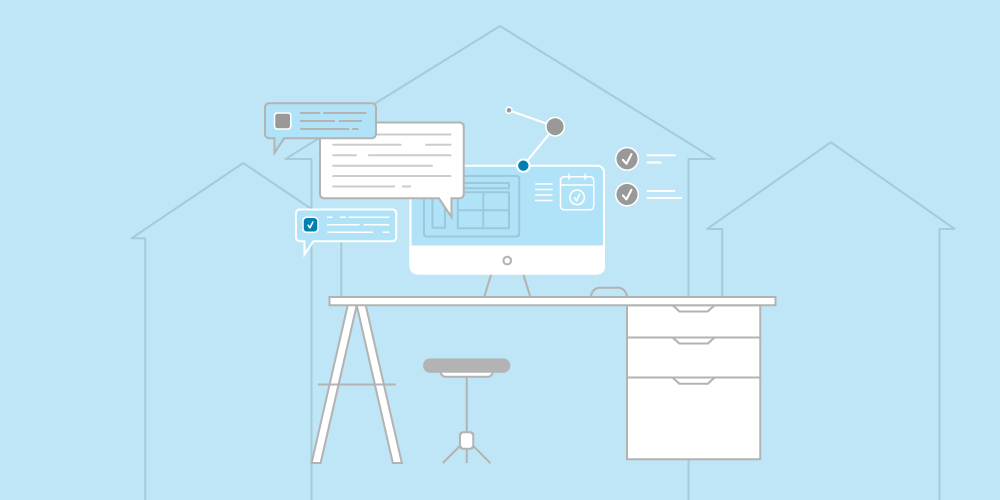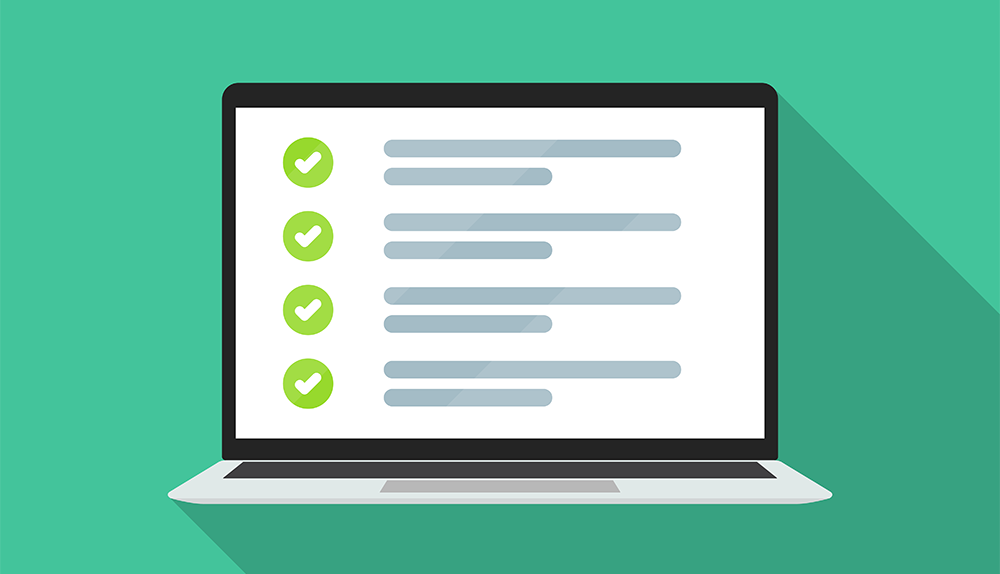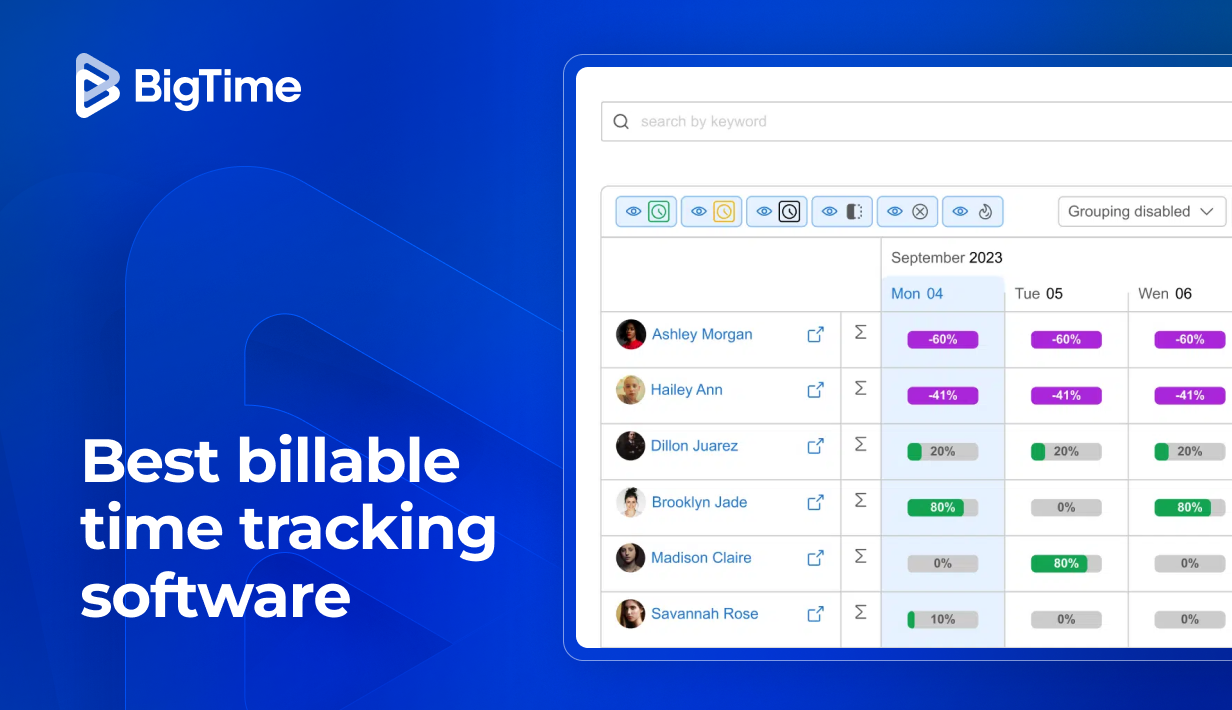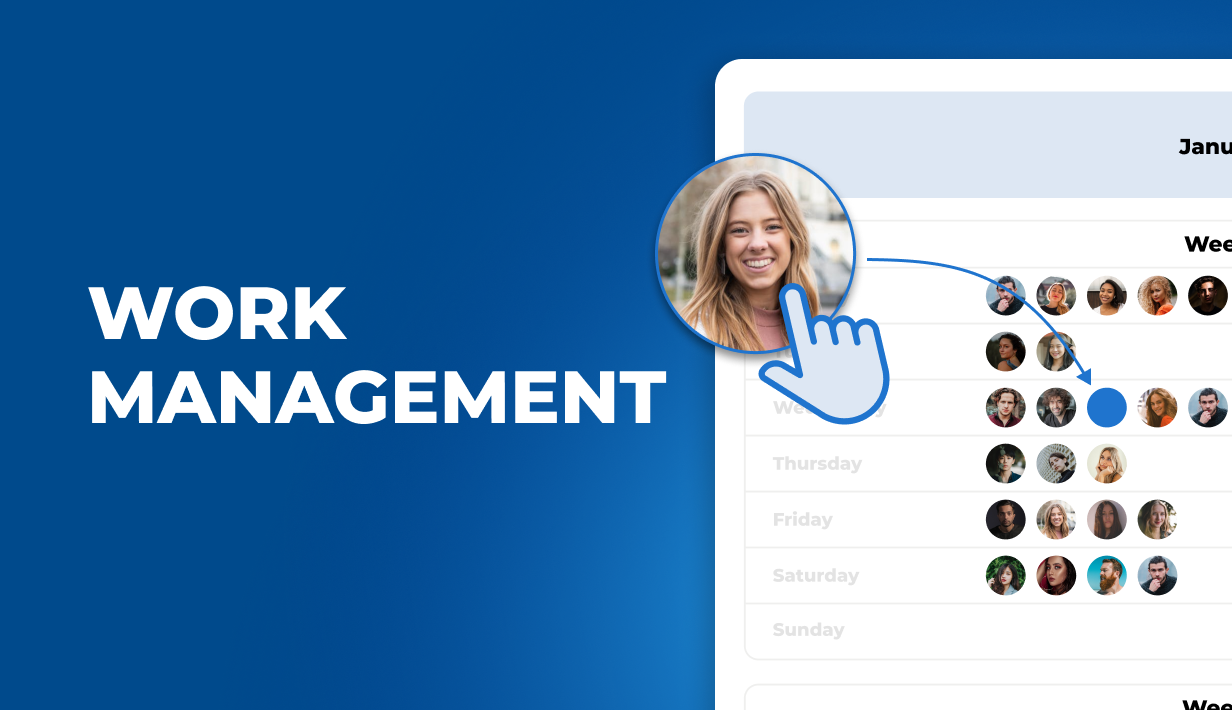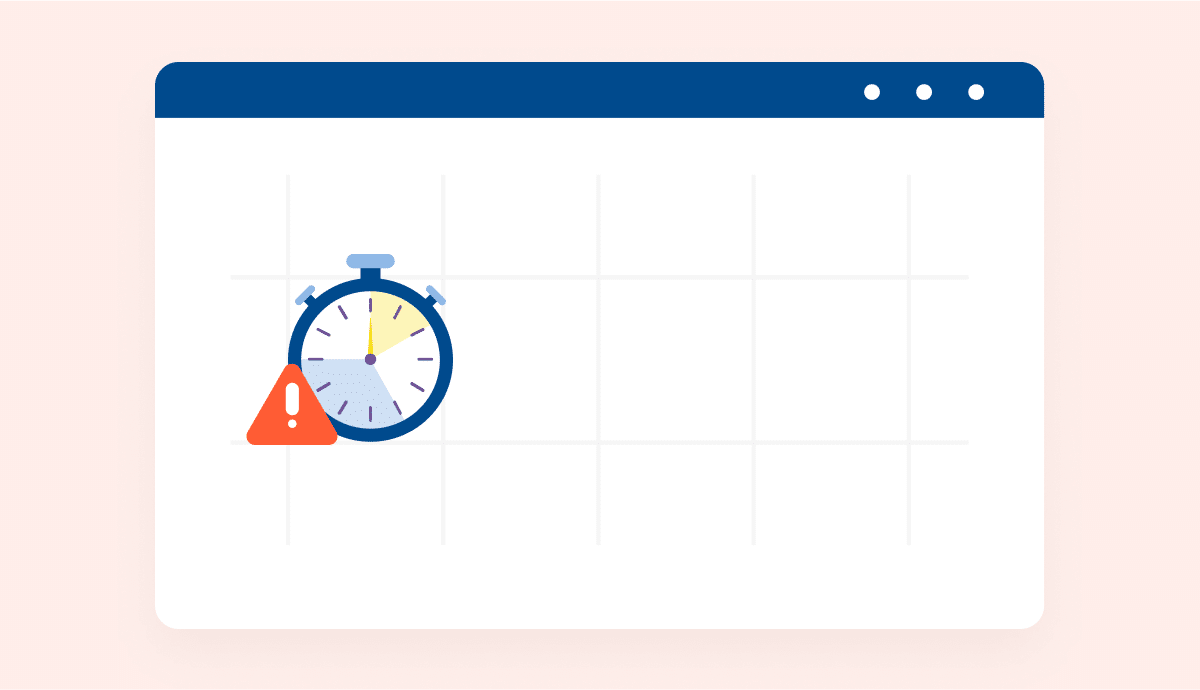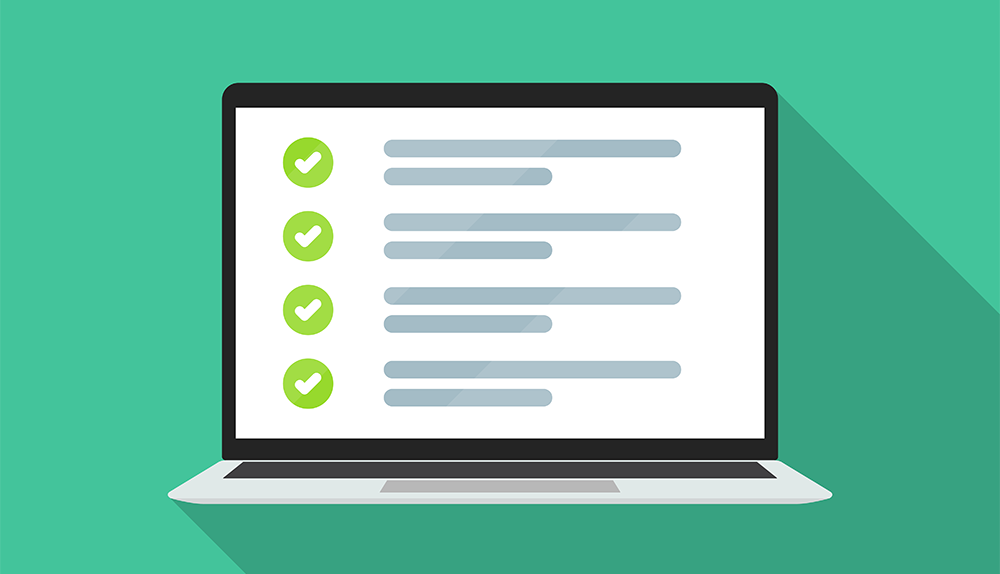 This blog was updated on July 1, 2020.
This blog was updated on July 1, 2020.
It isn’t easy to be a good project manager, and it’s even more difficult to do excellent project management. Your projects are always moving, and you have to hit your targets, every single time.
When you aren’t keeping an eye on projects and people, you’re meeting deadlines, or working hard to stay under budget. Every time a deadline passes, you feel like you just barely made it, so you know there must be a better way.
In this blog post, you’ll learn four steps for using a resource management tool to amplify what you already do well as a project manager. See how a project management software can make the most of your talents.
Step One: Figure Out What You Want to Solve
Decide what you want to fix. As the staff of the Harvard Business Review writes: “Planning is really about defining fundamentals: what problem needs solving, who will be involved, and what will be done.” So know what problem you can use project management to solve.
- What problem does the project solve?
- Who should be included in the project?
- What should be each person’s role?
- What will be the big steps to completing the project?
- What tasks will it take to meet your deadline?
- Who on your staff is qualified to do each project task?
- Does your staff have all the tools it needs to do the project?
Write down in detail what your staff will need to do to complete the project, and the resources they’ll need to do it, as well. Now that you’re aware of your project’s scope and resources, let’s make a plan.
Step Two: Make a Plan
You know what you want to do, who you have available, where the project is today, and what your deadline is, so let’s make a plan to get you there. Start by going backward: begin at your deadline, and fill in the details, including the people, the available resources, and the project milestones. That way, you’ll be less likely to run out of resources toward the end of a project.
In a project management tool, you can use the task editor to enter project tasks and to assign tasks with budgets and deadlines. A project manager can use the software’s dashboard to keep an eye on how all of their projects are performing, including people and budgets, all the way down to a project’s individual tasks. It makes a project manager’s work much easier.
When you’ve entered the project’s tasks, and when you know who you want to work on the project, the next thing to do is to use the software’s resource allocation tool to officially assign tasks to staffers. But if you know project management, you know how quickly your plans can change.
When you have changes to make to the project, you can use resource allocation to adjust your plans, and see how your changes would affect the project’s deadline and budget. Having all of your planning tools in one place makes your work on projects so much easier.
Step Three: See if Your Plan is Working
You’ve identified why you’re doing this project, and you’ve allocated the resources your staff will need. Now it’s time to see how your staff is performing, so you can manage their progress, and so they’re aware of how well they’re doing.
A team that’s working in the dark isn’t really a team, at all, so give your staffers all the information they need to do their best work. Besides, you know that lots of conflicts arise from miscommunications, and good planning should help you avoid problems.
A project management software lets you create professional-quality reports to show your staffers, your management team, and your clients. These customizable reports can show each staff member’s percent-complete by task, the overall performance of any project, and the employees who are the most productive.
If something isn’t going according to plan, you can be proactive, and get in touch with your client to ask for additional hours to be allocated for the project. In case that isn’t feasible, a resource allocation tool allows you to reconfigure your project’s schedule, so you can see what’s possible for your firm to accomplish.
Step Four: Make Any Necessary Changes
If you’ve put your plan in place, and your reporting tool tells you that something has gone wrong, then you’ll have to make some changes. That’s where resource allocation can be really useful for helping project managers adapt to change.
A resource allocation tool updates in real-time, and includes dashboards that show your staffers’ performance, the status of project tasks, the budget status, and your current revenue. All of this information is vital for making decisions about what you can do to meet your projects’ deadlines and budgets.
Project management software will give you the power to make the kinds of changes, big or small, that will bring your projects to completion. Most importantly, you’ll know for sure whether a project is on time and on budget, every time.
Get in touch with us today to schedule a demo of BigTime, our top-ranked, user-friendly software for project managers.
